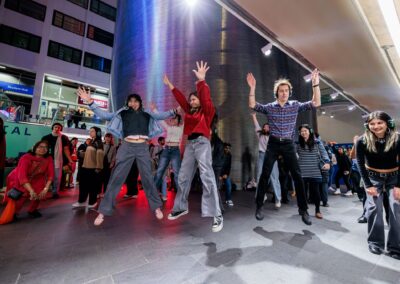New advances in nanometrology have been developed by researchers at the London Centre for Nanotechnology and published in the journal Scientific Reports, opening new opportunities to convert nanomechanical biosensors to reliable consumer products.
The new method to measure nanomechanical bending relies on observing the patterns of light created by illuminating small objects with laser light, and provides significant advantages for detecting subtle changes on small structures – even under suboptimal conditions.
While research laboratory experiments are always conducted under well controlled conditions, field-deployed instrumentation – such as portable diagnostic devices – should be resilient to harsh treatment and fluctuations in the immediate environment. Using inexpensive digital imaging, these diffraction patterns can be recorded enabling the researcher to concentrate on features that are decoupled from unwanted information.
The researchers have provided an all-optical system where the relevant data is carried by features that do not change when the system is perturbed. They have also demonstrated the exploitation of this method by measuring the molecular activity of the antibiotic Vancomycin.
The data published shows that Microelectromechanical Systems (MEMS) biosensors (cantilevers of a width comparable to a human hair) can be made sensitive to the interaction with Vancomycin. Measured changes in positions a hundred times smaller than the diameter of a single influenza virus reveals the level of activity and concentration of the antibiotic.
The performance is similar to well established methods, but the new technology is more robust and is easier to scale up for the use of sensor arrays. In the future, portable instruments based on this technology could be used to deploy inexpensive sensing away of specialized laboratories.
This technology has been patented by UCL and may be a fundamental platform for the future development of portable pollution monitors and medical diagnostic devices.
Related links:
Open access Nature article: Hermans, R. I. et al. Optical diffraction for measurements of nano-mechanical bending. Sci. Rep. 6 (2016)



